My take: This is the movie The Most Dangerous Game should have been, and Charles Laughton is a riveting villain.
I’m 15 movies through the 130 movies in Studies in Terror, and as I watch each movie, I start to enjoy them more and more. I’m also starting to see even more connections between the films.
Island of Lost Souls is unbelievably similar to The Most Dangerous Game. What’s similar?
- Both movies are based on written works (Island of Lost Souls is an adaptation of H.G. Wells’s Island of Dr. Moreau)
- Both are set on tropical Islands
- Both involve shipwrecked men ending up on those islands
- Both islands happen to have just one attractive female
- Both movies revolve around the nefarious plans of a madman who owns said tropical island
- Both have scenes where the heroes try to escape through the jungle
What makes Island of Lost Souls different? It’s simply better.
Island of Lost Souls is about a shipwrecked man named Edward who is picked up by a passing freighter. The ship is carrying cargo to Dr. Moreau’s island,which consists of a whole lot of exotic animals. Edward gets on the wrong side of the drunken captain and is dumped on Dr. Moreau’s island along with the cargo.
Dr. Moreau, played by Charles Laughton, is a mad scientist who performs horrible experiments on this tropical isle. Upon meeting Edward, Dr. Moreau sees an opportunity to use Edward in one of his experiments.
Another connection to a previous film I’ve watched: Charles Laughton. It took me until the end of the movie to realize that I had seen him before. Charles Laughton played one of the house guests in The Old Dark House. He was very funny in that movie. In this movie, he was commanding, intellectual and masterful as the mad scientist Dr. Moreau. He is the number one reason I would recommend the movie. He demands to be watched.
Final connection: Bela Lugosi (Dracula and White Zombie) is in this movie. He plays one of the monstrosities on the island. Covered in makeup and costume, he is hardly recognizable. But those piercing eyes of his are unmistakable, regardless of how much they cover his face.
I would recommend this movie to anyone who likes classic horror. I wasn’t able to find it online. I had to order it from Amazon. Bonus: it’s in the Criterion Collection, so it is very good quality once you obtain it.
Here is a trailer for it:
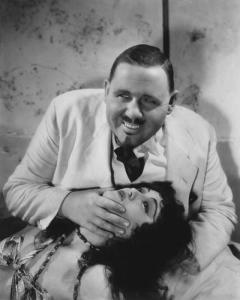
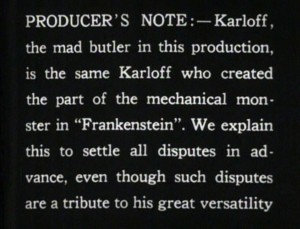
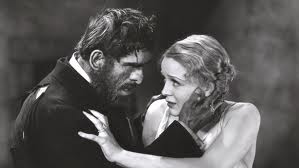
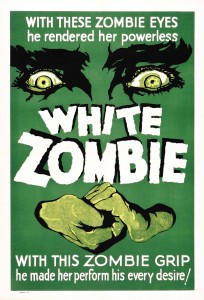
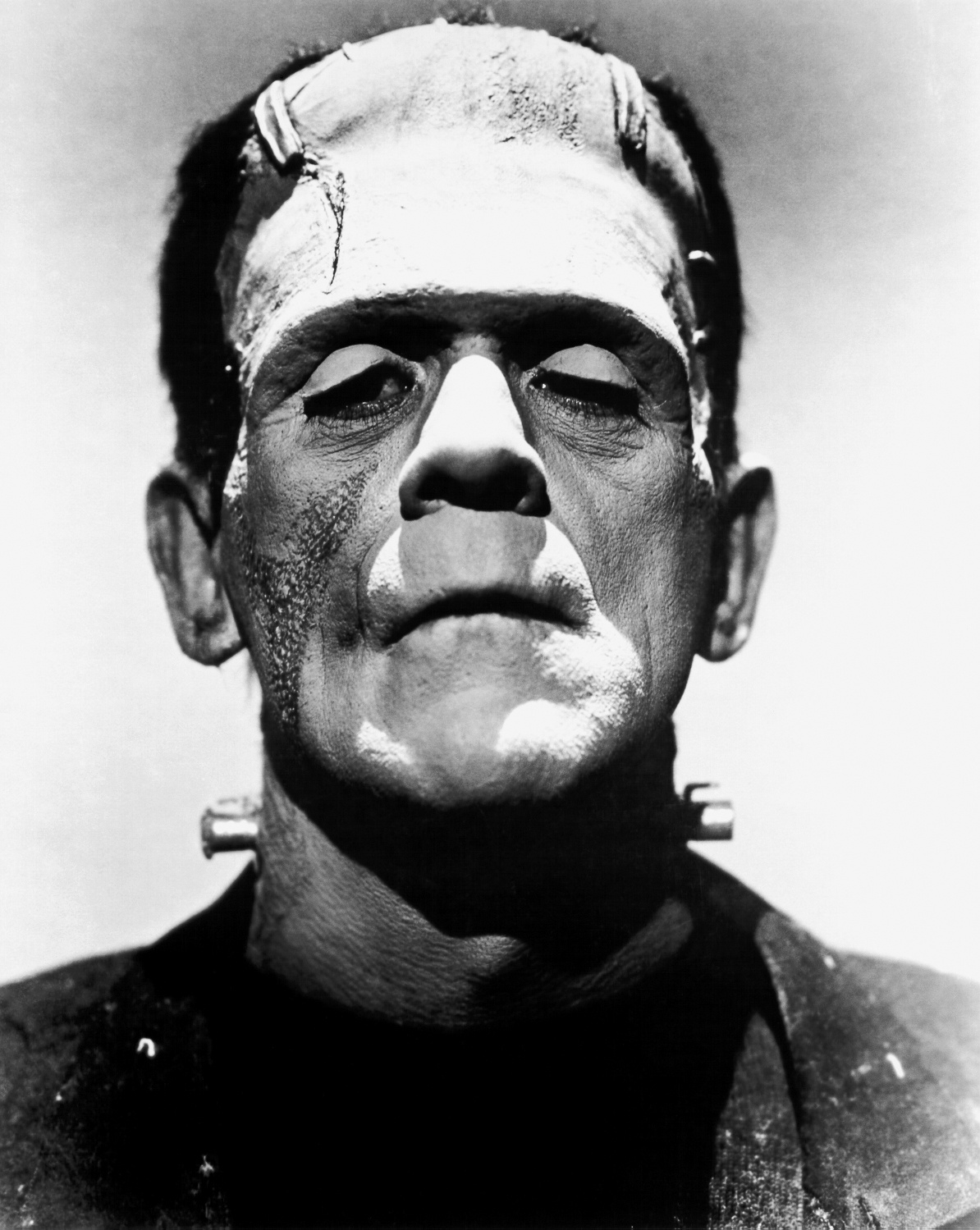
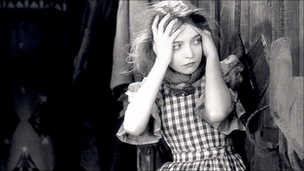
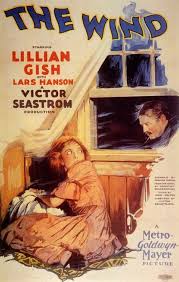
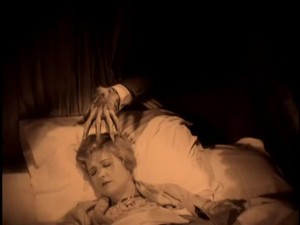
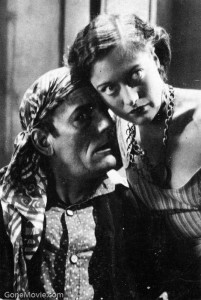
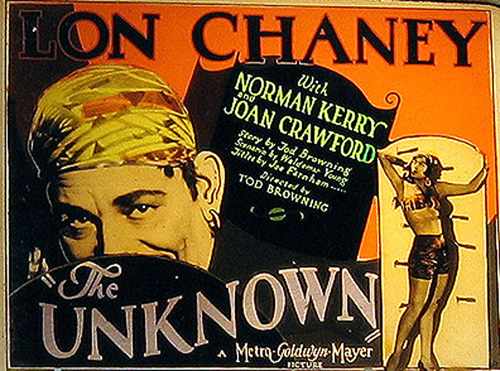
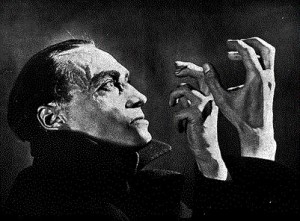
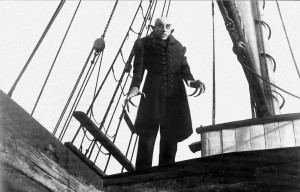
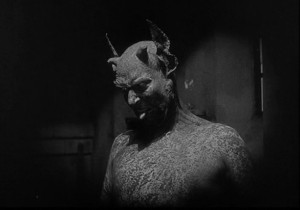
Recent Comments